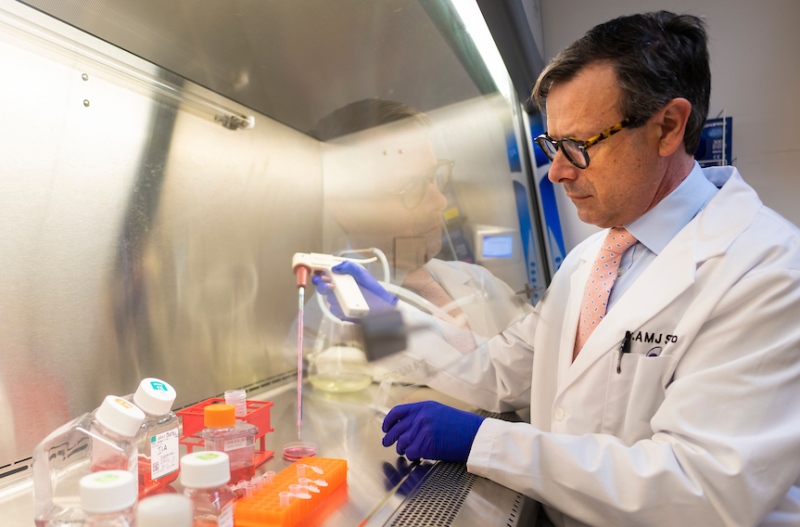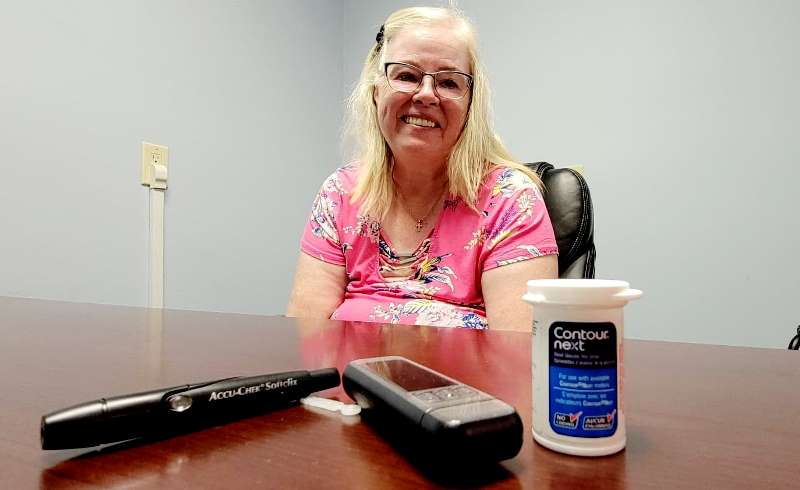
Edmonton Protocol turns diabetic Innisfail resident’s life around; research gets closer to a cure
For over 51 years, Colleen Preston’s life brimmed with, “constant burden,” thanks to a childhood diagnosis of Type 1 diabetes.
Thousands of insulin doses later, the Innisfail resident has a fresh outlook after two treatments from the Edmonton Protocol at the Alberta Diabetes Institute, situated at the University of Alberta.
Called islet cell therapy, the treatment has been offered through the Institute for over 20 years.
Patients receive an infusion of islet cells, which are obtained from the pancreases of cadavers, or deceased donors.




